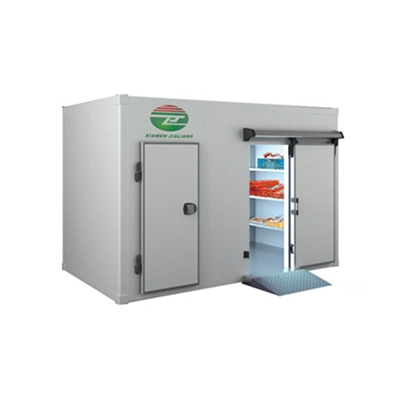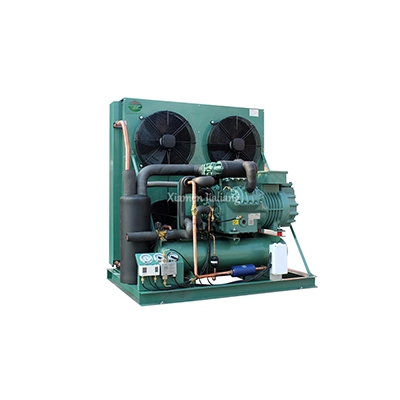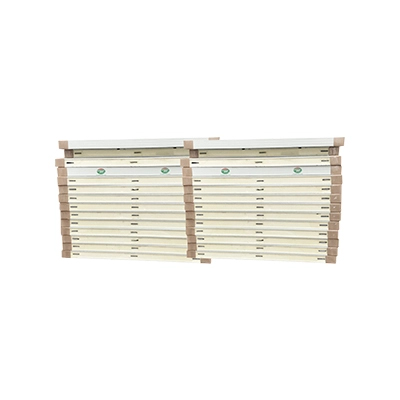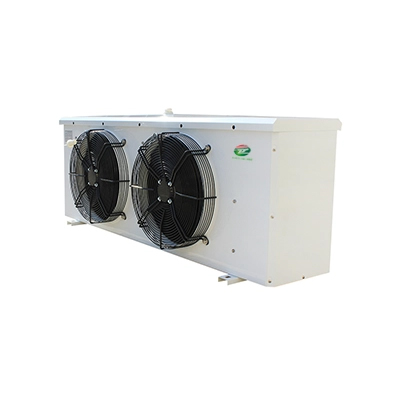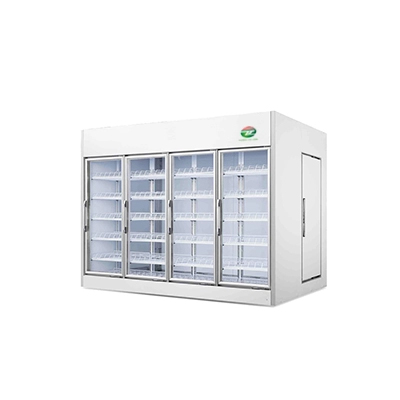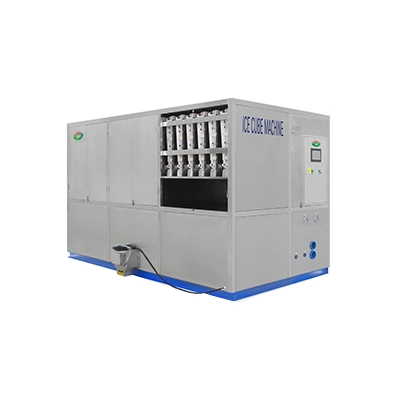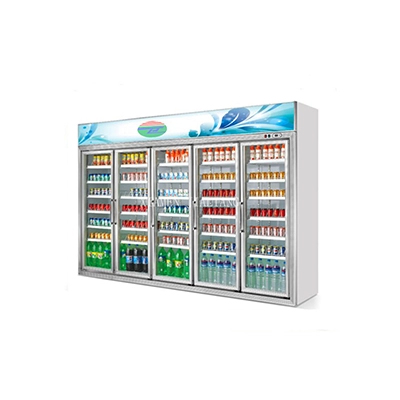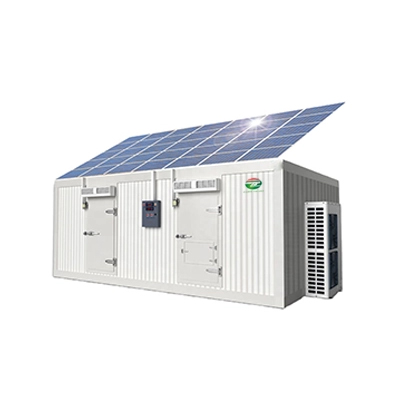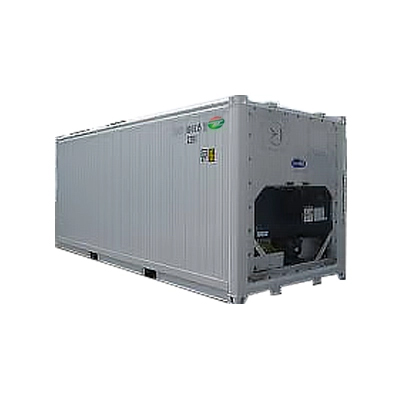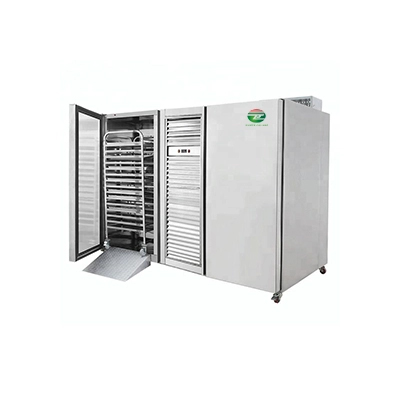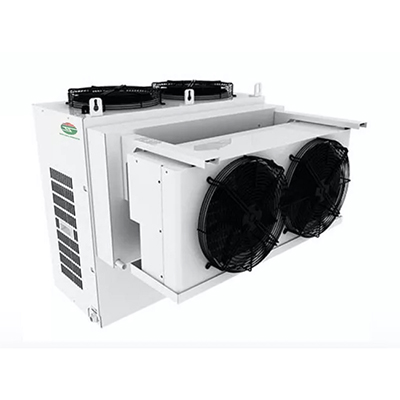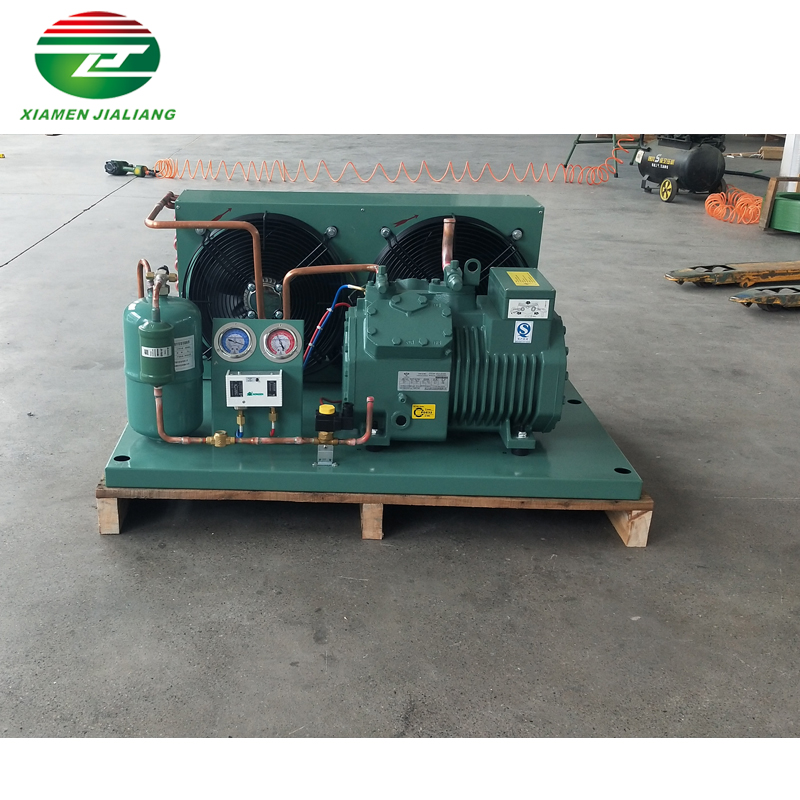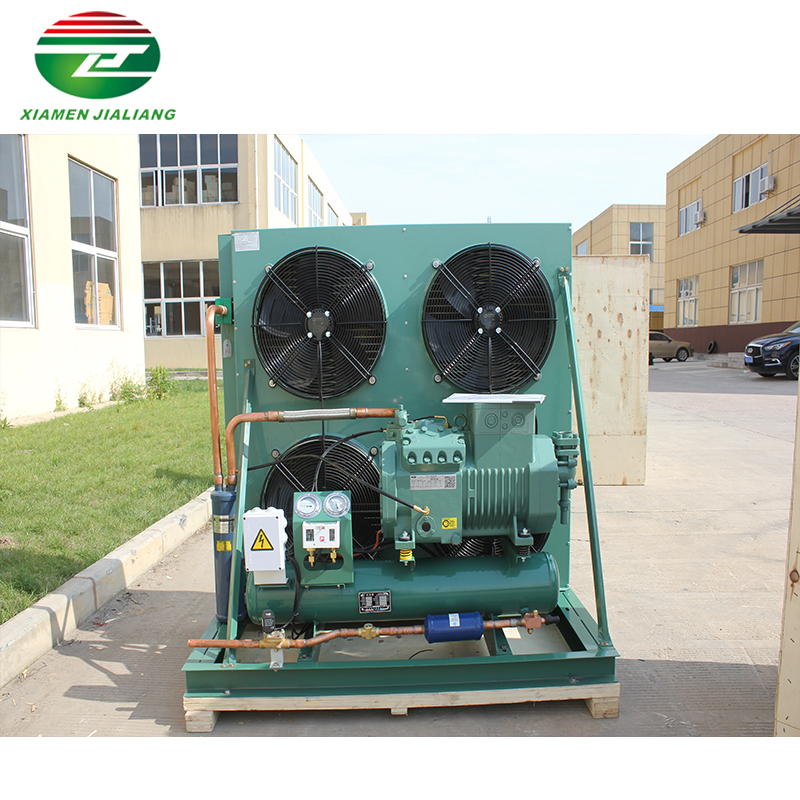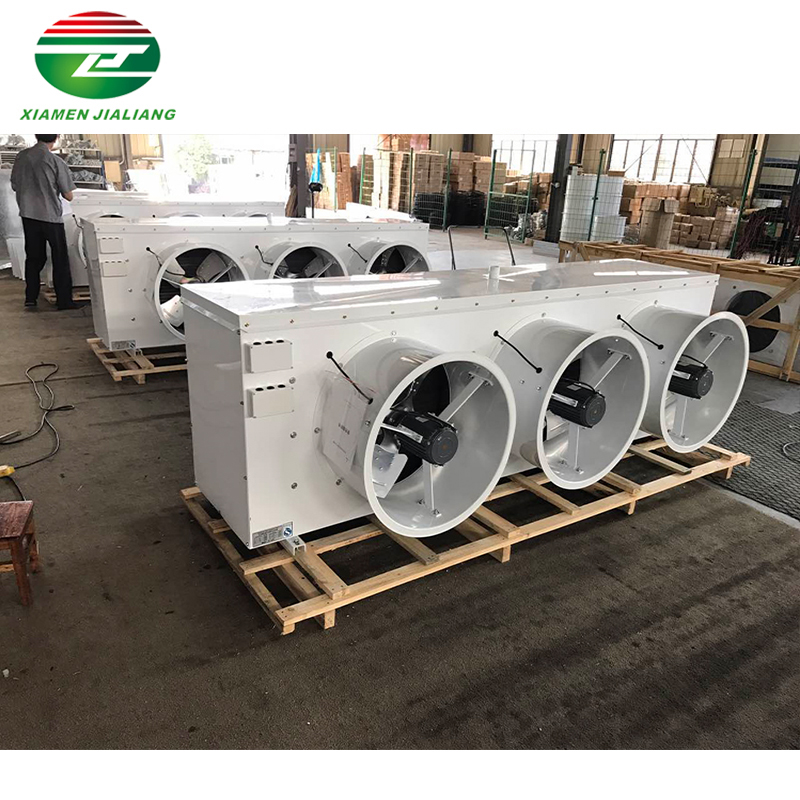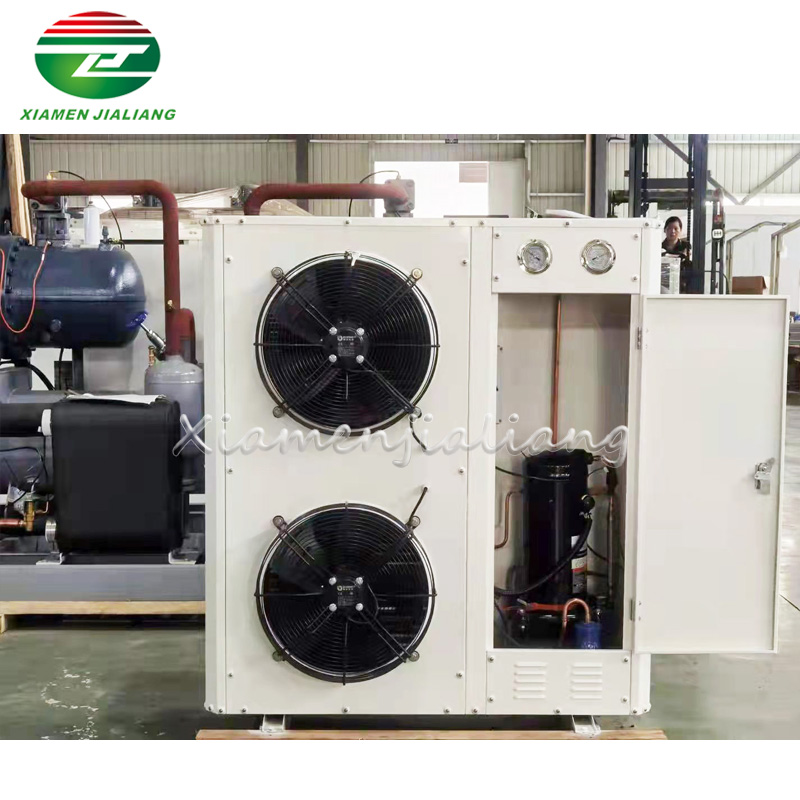Cold Room Solutions for Safe and Efficient Seafood Storage
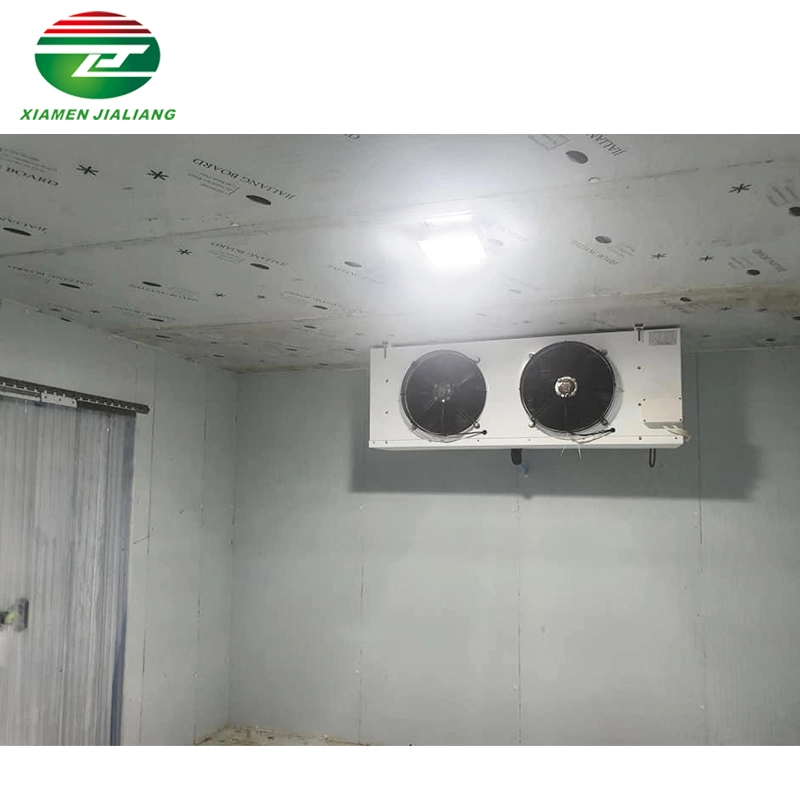
Introduction to Cold Room Solutions
Seafood is a highly perishable product that requires specific storage conditions to maintain its quality and safety. One of the most effective ways to store seafood is by using a cold room. Cold rooms are designed to regulate temperature and humidity levels, creating an environment that is ideal for seafood storage. In this article, we will explore the key considerations for choosing a cold room for seafood storage, best practices for maintaining and operating cold rooms, and the benefits of investing in a high-quality cold room for seafood storage.
Key Considerations for Choosing a Cold Room for Seafood Storage
When selecting a cold room for seafood storage, there are several key considerations to keep in mind. Firstly, it is crucial to choose a cold room that is specifically designed for seafood storage. Such cold rooms typically have specialized features, such as a built-in drain, that prevent water accumulation and ensure that the seafood stays dry.
Secondly, the size of the cold room should be appropriate for your business needs. A cold room that is too small will not provide enough storage space, while a cold room that is too large will lead to unnecessary energy consumption.
Thirdly, the location of the cold room is important. It should be situated in an area that is easily accessible and away from sources of heat or direct sunlight. This will help maintain a consistent temperature and prevent fluctuations that can compromise the quality and safety of the seafood.
Best Practices for Maintaining and Operating Cold Rooms
To ensure that the cold room is functioning optimally and preserving the quality and safety of the seafood, it is important to adhere to best practices for maintenance and operation. Regular cleaning and sanitation are crucial to prevent the buildup of bacteria and other contaminants that can spoil the seafood. It is also important to regularly monitor and record temperature and humidity levels to ensure that they remain within the optimal range.
Proper loading and organization of the seafood inside the cold room can also help maximize storage capacity and promote airflow. Seafood should be stored on shelves or racks to prevent direct contact with the floor or walls, which can lead to uneven cooling and potential spoilage.
Benefits of Investing in a High-Quality Cold Room for Seafood Storage
Investing in a high-quality cold room for seafood storage can provide numerous benefits for your business. Firstly, it can help extend the shelf life of the seafood, reducing waste and ensuring that customers receive fresh and high-quality products.
Secondly, a well-designed and maintained cold room can reduce energy consumption and lower operating costs. This is achieved through features such as energy-efficient cooling systems, properly sealed doors, and insulation.
Thirdly, investing in a high-quality cold room can help your business comply with food safety regulations and demonstrate your commitment to providing safe and high-quality seafood.
In conclusion, choosing the right cold room for seafood storage and adhering to best practices for maintenance and operation can help ensure the quality and safety of your products while reducing operating costs and complying with food safety regulations. Investing in a high-quality cold room is a wise decision for any business that values the quality and safety of its seafood products.

